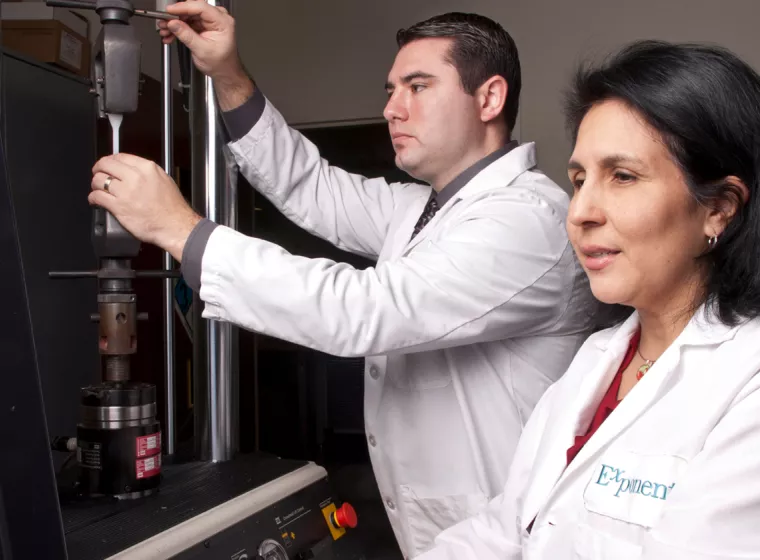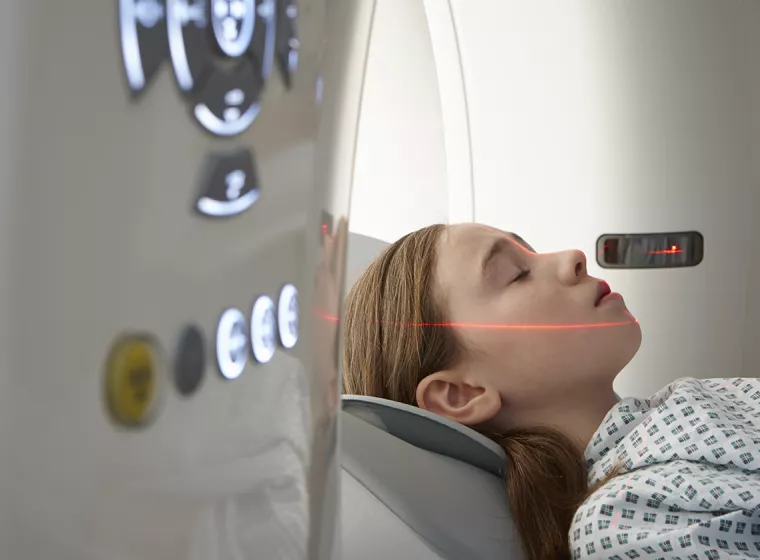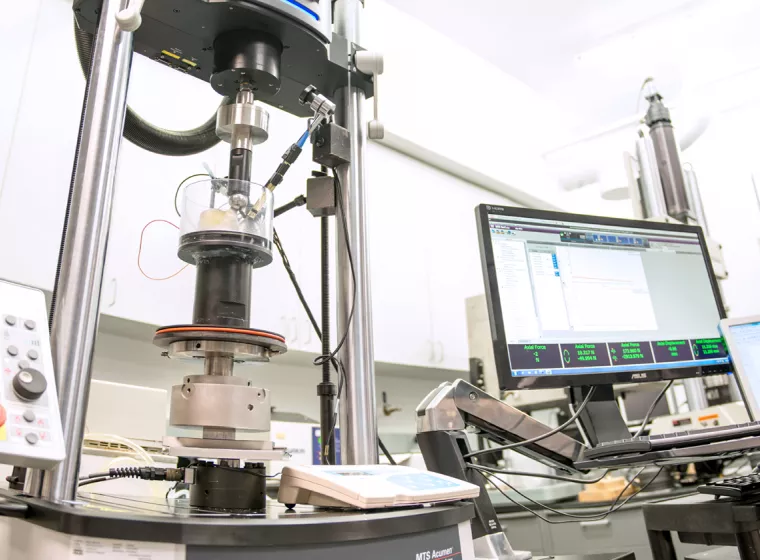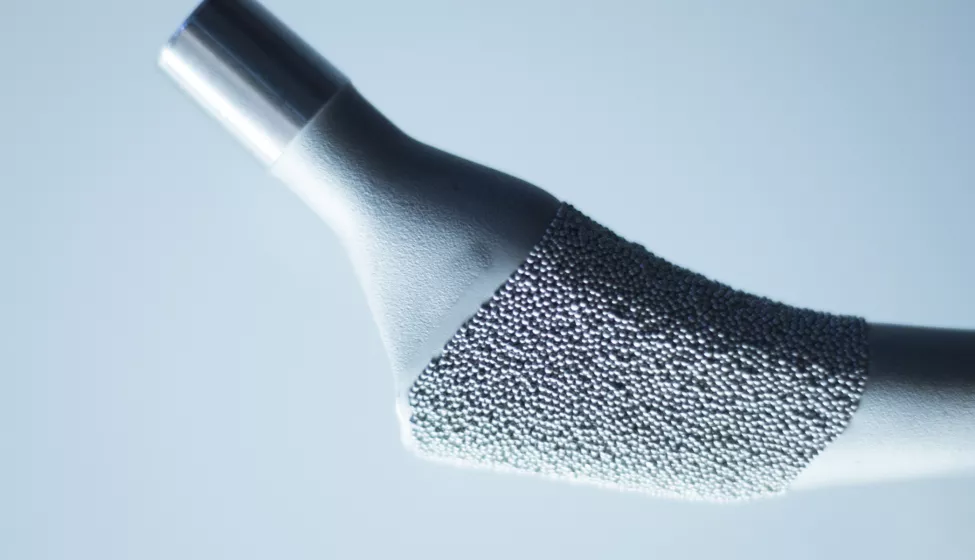February 14, 2024
Food and Drug Administration draft guidance for metallic and calcium phosphate coatings on orthopedic devices is now open for comments
Last month, the Food and Drug Administration released the draft guidance document Characterization of Metallic Coatings and/or Calcium Phosphate Coatings on Orthopedic Devices, which is open for comment now through March 23. Once finalized, the document will provide recommendations for orthopedic device manufacturers who are submitting devices with metallic, calcium phosphate, or dual coatings to FDA for premarket review.
The guidance is intended to be specific to metallic coatings, calcium phosphate coatings, and dual metallic-calcium phosphate coatings, and will supersede the two existing guidances, one related to hydroxyapatite (calcium phosphate) and the other related to metallic plasma-sprayed coatings on orthopedic implants. Importantly, other types of coatings like calcium-based coatings and other ceramic coatings or surface modifications are outside the scope of the document.
Key takeaways for industry
Calcium phosphate coatings are often used in implanted medical devices to promote bone regeneration. Calcium phosphate offers good biocompatibility, osseointegration (integration with bone), and osteoconduction (matrix for bone growth). Calcium phosphate surface layers typically form direct, strong bonds with bone tissue and provide a scaffold for bone growth. Other metallic coatings like titanium plasma spray (TPS) are also used on orthopedic devices to encourage both bone ingrowth and ongrowth.
Specifically, FDA's guidance document references:
- a metallic coating, which can be manufactured using thermal spray (e.g., plasma spray), sintering (e.g., sintering of powders, beads, or fiber mesh pad), chemical vapor deposition/infiltration, physical vapor deposition (e.g., ionic plasma deposition), additive manufacturing (e.g., electron beam manufacturing, selective laser sintering), or other methods;
- a calcium phosphate coating, which can be manufactured by plasma spray, solution precipitation, electrochemical deposition, or other methods; and
- a metallic and calcium phosphate dual coating, which can be manufactured using one or more of the above methods.
The draft document includes further guidance for coating descriptions, sterilization, pyrogenicity testing, shelf life and packaging, and biocompatibility testing. It also features detailed descriptions of recommended non-clinical bench testing for device coating, such as coating chemical analysis.
The draft guidance not only provides specific recommendations for metallic and calcium phosphate dual coatings that rely on the assessments for each of those coating types; it also specifically indicates that if the underlying metallic coating is porous and the dual-coated device is intended to be labeled for biological fixation, then the dual coating should be characterized to determine whether it generally aligns with the recommended elements of "porous coating."
The FDA document also features recommendations for non-clinical animal and clinical performance testing. Where additional scientific rationale is being provided using clinical performance data, real-world data may be applied. The full draft guidance can be downloaded from the FDA website here.
Product assessment is crucial for any orthopedic device
The FDA guidance document stresses the importance of thorough product assessment to ensure implanted orthopedic devices are safe and effective for their intended uses before they are offered on the market. While the document provides guidance for various tests and evaluations, careful preparation and execution is critical.
Medical device manufacturers will also want to consider whether their approach needs to be adjusted and catered to the specific nature of the coating given the ongoing innovation in this field. For example, polymeric substrates and additive manufactured materials are briefly discussed in the proposed guidance but require additional considerations during the design process.
What Can We Help You Solve?
Exponent's consultants have extensive experience characterizing both typical and novel medical device coating systems. Our Philadelphia office is ISO 17025 accredited for standard ASTM test methods for calcium phosphate, metallic, and composite coatings for medical devices (ASTM F1044 and F1160), and we have adapted non-medical industry standards to evaluate novel coating systems.

Medical Device Design & Development Support
Crucial medical device design and development analyses to empower your decision-making.

Multidisciplinary Expertise to Support the Life Sciences Industry
Support for next-gen medical devices, wearable technologies, and pharmaceutical products.

Biocompatibility & Biological Risk Assessment
Address biocompatibility challenges throughout the medical-device product lifecycle.

Life Sciences Due Diligence
Due diligence technical consulting services to help verify the science and technology behind medical devices and related therapeutics.

Biomedical Engineering Laboratories
Expert biomedical laboratory services, delivering evidence-based answers for your most complex challenges.





